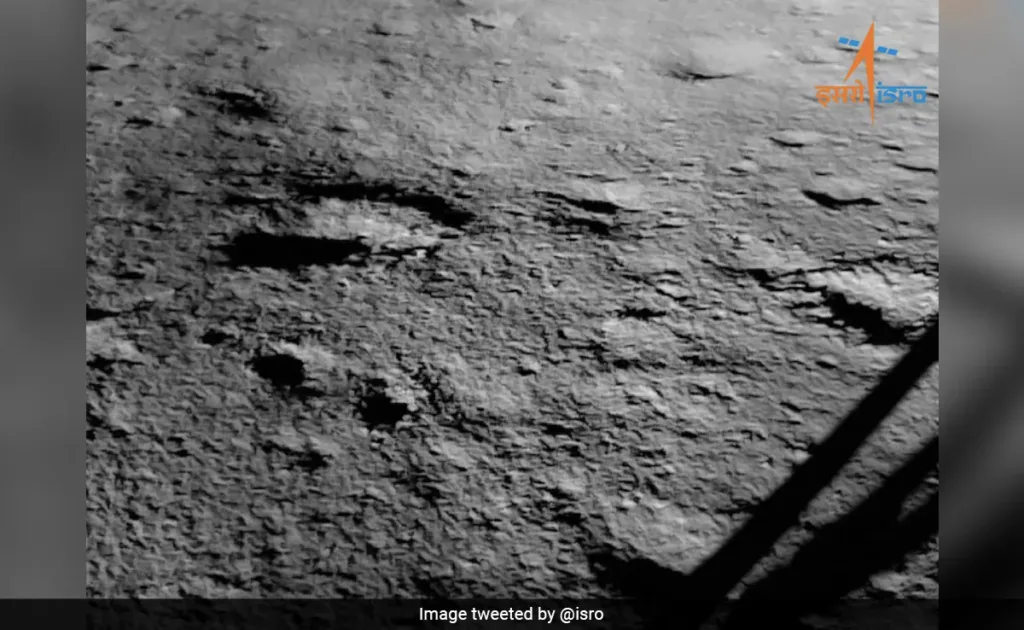On July 14, 2023, India launched its third mission to the Moon, Chandrayaan-3. The mission is a follow-up to the successful Chandrayaan-1 and Chandrayaan-2 missions, and it aims to soft-land a lander and rover on the lunar surface.
Table of Contents
Chandrayaan-3 consists of three main components:
- An orbiter: This will orbit the Moon and collect data about its surface and atmosphere.
- A lander: This will touch down on the Moon and deploy a rover.
- A rover: This will explore the lunar surface and conduct scientific experiments.
The lander is named Vikram, after the father of India’s first Prime Minister, Jawaharlal Nehru. The rover is named Pragyan, which means “wisdom” in Sanskrit.
The Chandrayaan-3 mission is scheduled to land on the Moon on August 23, 2023. If successful, it will make India the fourth country to soft-land a spacecraft on the Moon, after the United States, the Soviet Union, and China.
The mission is expected to generate a wealth of scientific data about the Moon. The orbiter will study the lunar surface and atmosphere, while the lander and rover will explore the lunar surface in more detail. The mission is also expected to help scientists learn more about the origin and evolution of the Moon.
The Chandrayaan-3 mission is a major milestone for India’s space program. It demonstrates India’s growing capabilities in space exploration, and it paves the way for future missions to the Moon and beyond.
Scientific Objectives of Chandrayaan-3
The scientific objectives of Chandrayaan-3 are:
- To study the lunar surface and composition.
- To search for water ice in the lunar polar regions.
- To study the lunar atmosphere and dust.
- To explore the lunar geology and tectonics.
- To understand the origin and evolution of the Moon.
The Chandrayaan-3 mission is expected to generate a wealth of scientific data that will help scientists answer some of the fundamental questions about the Moon. For example, the mission is expected to help scientists determine whether there is water ice on the Moon, and if so, how much. The mission is also expected to help scientists learn more about the lunar atmosphere and dust, and how they interact with the solar wind.
The Future of India’s Space Program
The Chandrayaan-3 mission is a major milestone for India’s space program. It demonstrates India’s growing capabilities in space exploration, and it paves the way for future missions to the Moon and beyond.
India is planning a number of future missions to the Moon, including a mission to send a human to the Moon by 2030. The Chandrayaan-3 mission is an important step towards achieving this goal.
The Chandrayaan-3 mission is also a testament to the hard work and dedication of the scientists and engineers at the Indian Space Research Organisation (ISRO). ISRO is a world-class space agency, and its success with the Chandrayaan-3 mission is a source of pride for all Indians.
Conclusion
The Chandrayaan-3 mission is a significant event in the history of India’s space program. It is a testament to the hard work and dedication of the scientists and engineers at ISRO, and it is a source of pride for all Indians. The mission is also a major milestone in India’s journey to becoming a leading spacefaring nation.
I hope this blog post has given you a better understanding of the Chandrayaan-3 mission. If you have any questions, please feel free to ask me.
Check Out More On the Official Website.


